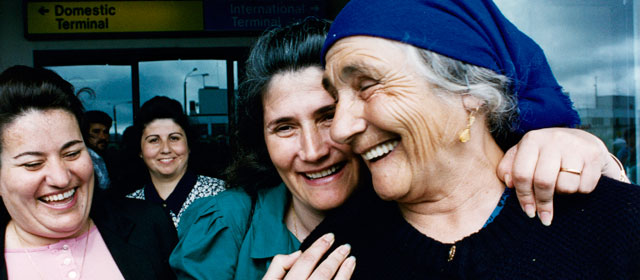Story summary
The Lebanese
The Middle East stretches from Türkiye to Iran. Of the peoples in this region, the Lebanese have the longest history in New Zealand.
In the late 1800s migrants left Lebanon in search of wealth in the New World, including the goldfields of Australia. Some then crossed the Tasman Sea to Dunedin, Wellington and Auckland in the 1880s and 1890s.
By 1936 there were 1,261 people of Lebanese origin in New Zealand. Most lived in Otago, Southland and Auckland. The Lebanese suffered some prejudice. Although a small group, they were noticeable because of their olive complexion and their work as peddlers and business people. However, they were resourceful and worked mostly for themselves, and within a few generations they had joined New Zealand’s professional and business communities.
Others
The only other Middle Eastern groups that have come in any number are Assyrian Christians and other refugees from Iraq and Iran who arrived during the 1990s – over 100 years after the Lebanese.
By the 2000s there were also small numbers of people from countries such as Bahrain, Israel, Jordan, Kuwait, Saudi Arabia, Syria, Türkiye and the United Arab Emirates.





